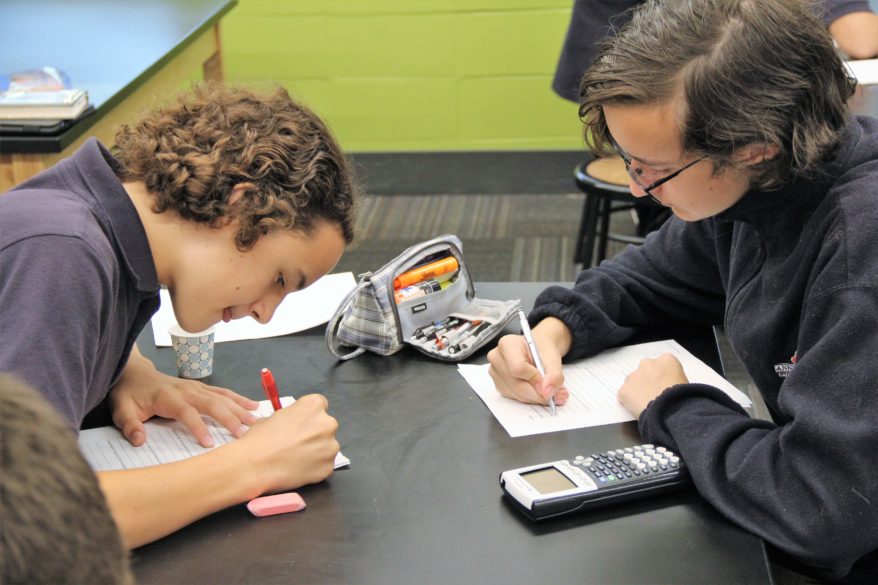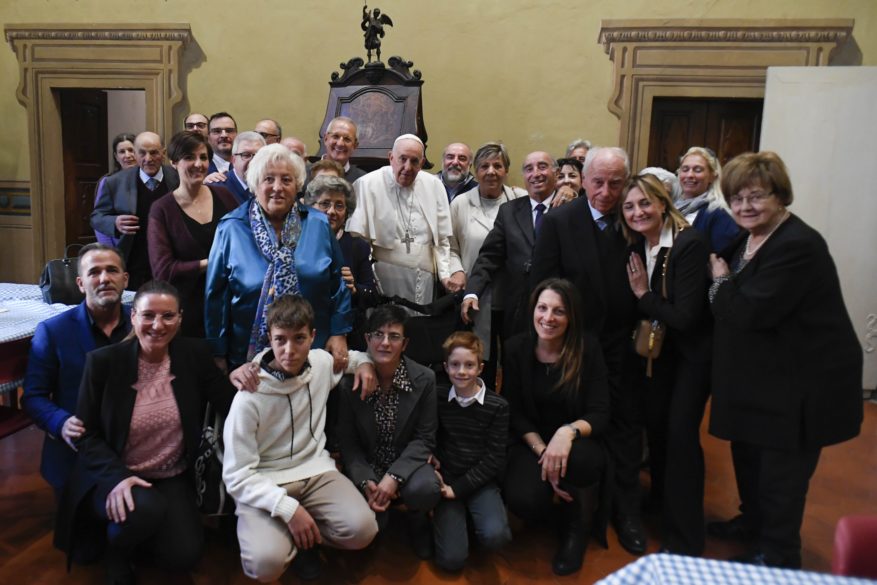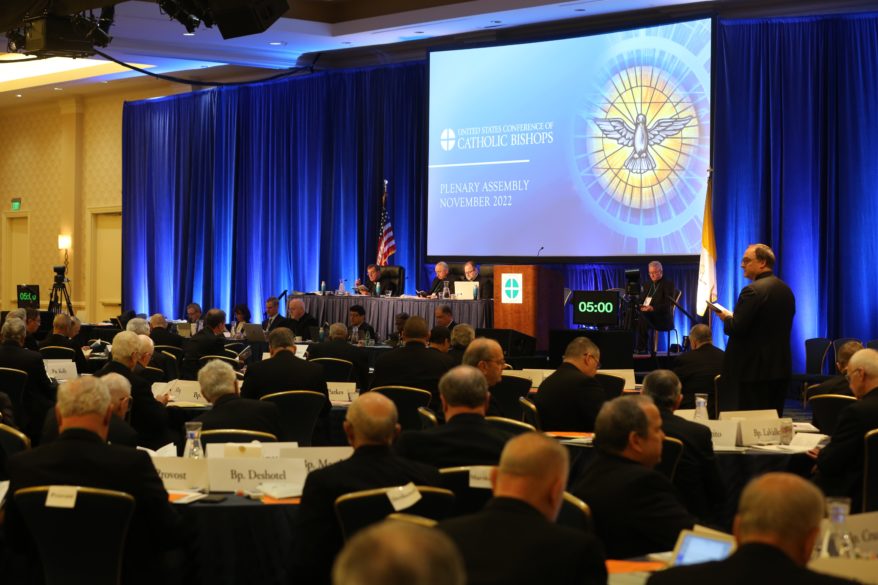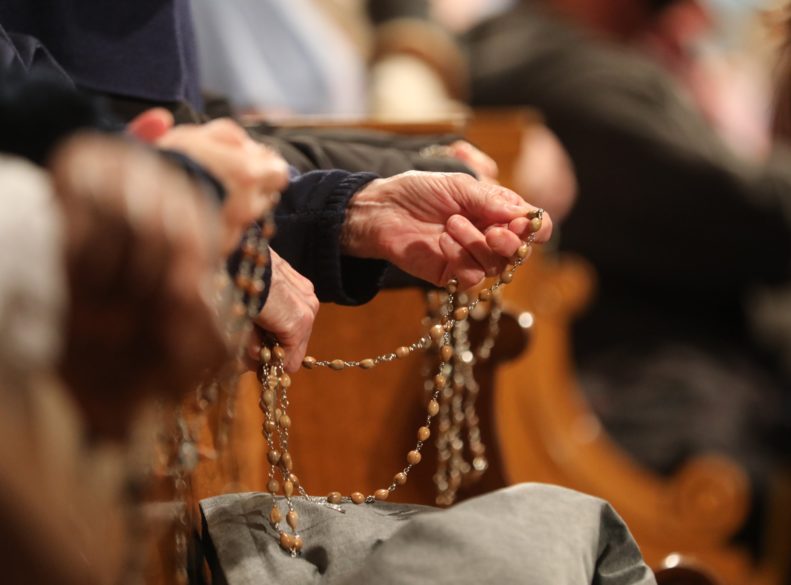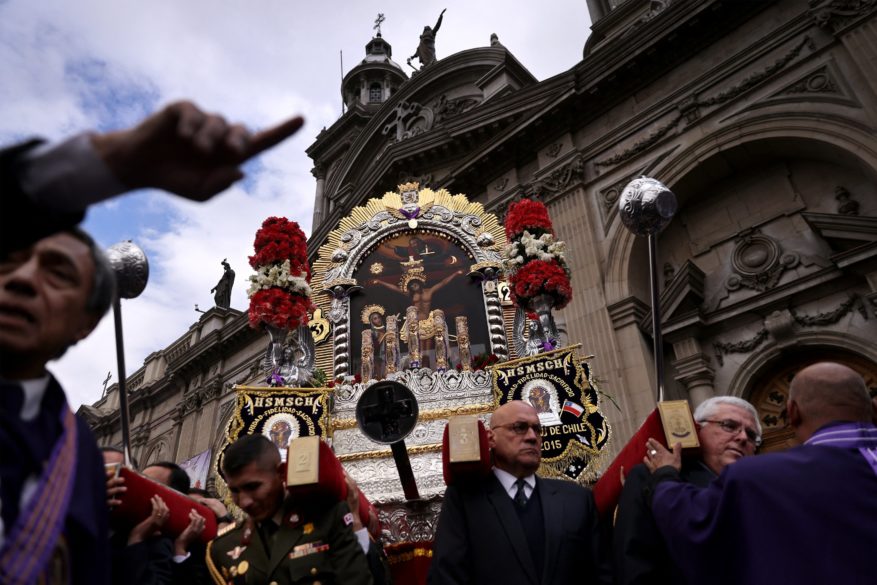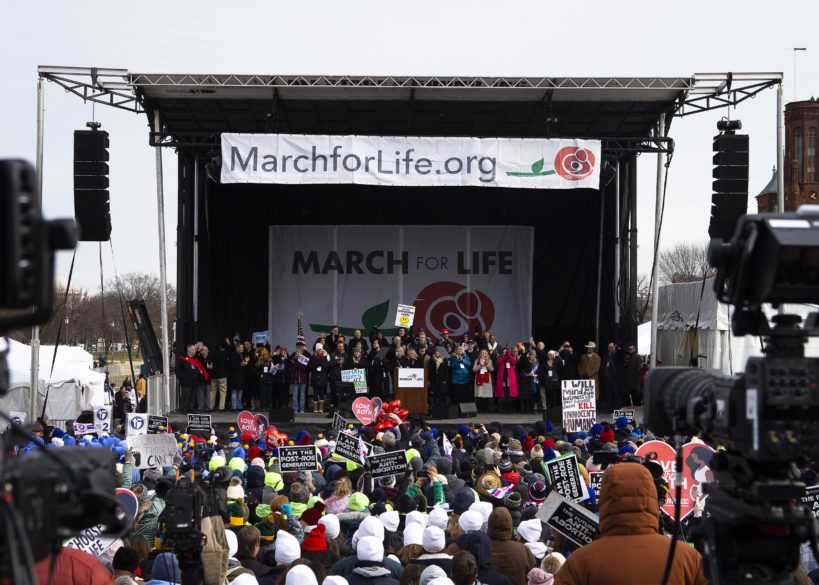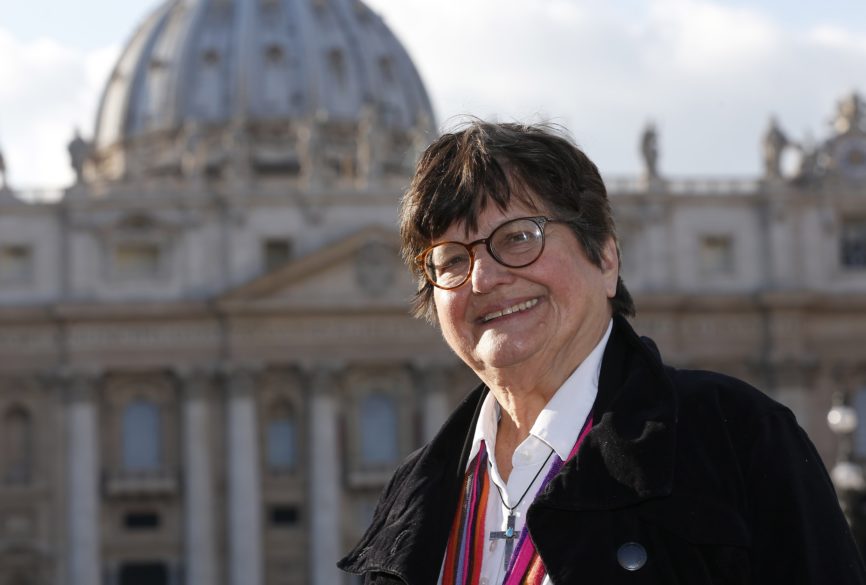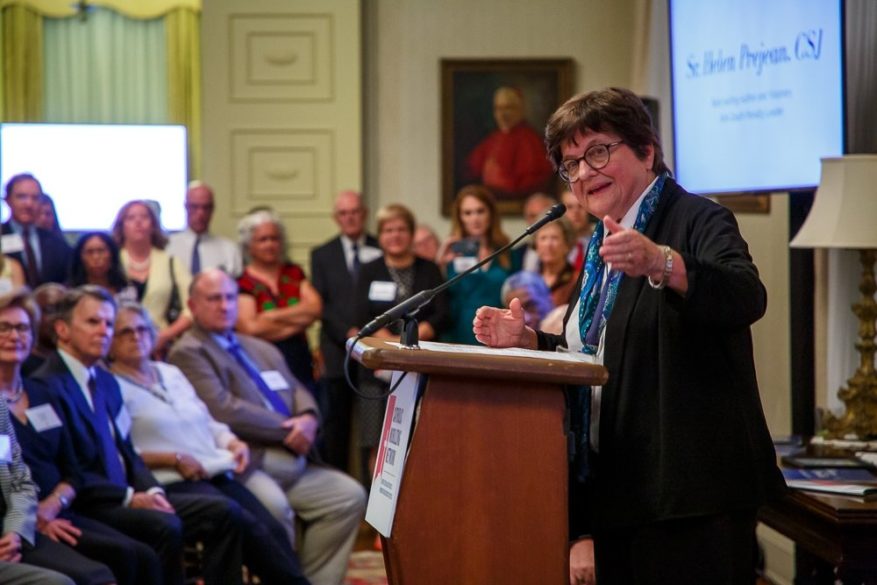By Mike Krokos
INDIANAPOLIS (CNS) – It was a time of Scripture, prayer, music and fellowship.
It also was a night to honor the late co-founder of the National Black Catholic Men’s Conference.
But for those teenagers and adults from across the United States in attendance, Franciscan Father Agustino Torres’ message Oct. 13 was simple, yet powerful: “The Lord has sent me to bless you.”
Father Agustino, who ministers for his order in the New York borough of the Bronx and is founder of the Hispanic youth ministry Corazon Puro, was the keynote speaker on the first night of the four-day conference at St. Rita Church in Indianapolis.
The gathering drew about 300 people. It was the first in-person gathering since 2019 because of the COVID-19 pandemic.
Father Agustino shared how on his drive to the Newark Liberty Airport in New Jersey for his flight to Indianapolis earlier that day, his usual route led him into gridlock. Instead of fretting about the unforeseen challenge, the priest said he traveled a different way to the airport, trusting that God had a plan for him.
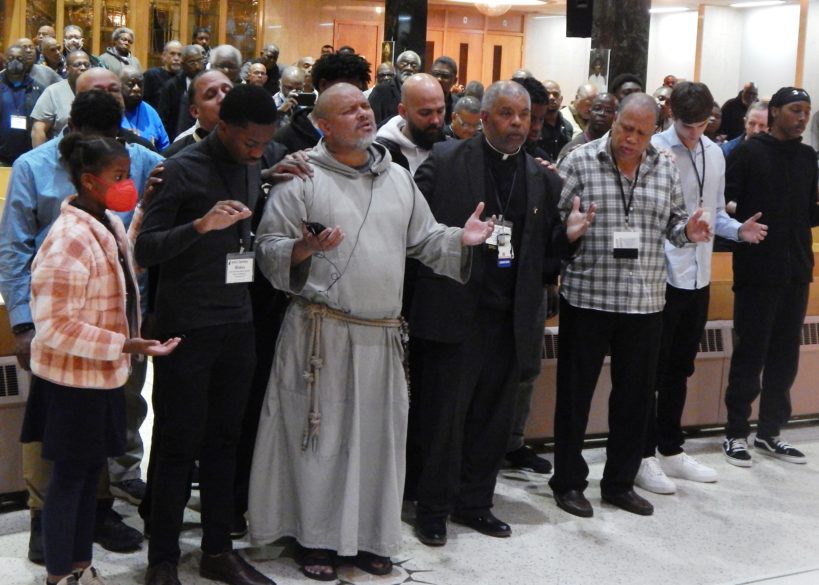
While on the unplanned route, Father Agustino took the time to roll down his window and bless the people he encountered.
“I blessed them all. I blessed them all,” Father Agustino said. “When you share the Lord’s blessings, the Lord blesses you tenfold in return.”
The result? Father Agustino said that when he arrived at the airport, he was notified his ticket was upgraded, which led to laughter and applause from the congregation.
The priest said he ministers to people in the inner city, and the heart of his mission is trying to bring them hope. With that hope he also delivers his blessing, much like the blessing he offered to the attendees.
“This blessing is meant to be shared, this blessing is meant to be given, this blessing brings joy,” he said. “This blessing brings life, this blessing heals. … And I love sharing the blessing because someone has shared the blessing with me.”
Father Agustino reflected on a biblical verse from the prophet Jeremiah: “For I know well the plans I have in mind for you, says the Lord, plans for your welfare and not for woe, so as to give you a future of hope.” (Jer 29:11).
Despite the fact God has a plan for each of person, the priest continued, some have not shared his blessings. He encouraged people of faith to seek God’s gifts.
He encouraged the conference attendees to pray: “Lord forgive me for the times I knew not what to do with the blessing you gave me. Father, may I receive these blessings now.”
Like many of the prophets, each person is called to be faithful to God and trust in the Lord’s plans, the priest said.
“You are here because someone spoke life into your soul. You are here because someone woke you up when you were lost and brought you back to life when you were dead,” he said. “We give thanks to God for those people. What would we be without those people?”
Father Agustino offered a blessing over the audience: “The Lord wants us to be anointed men to bring peace in our streets, in our homes, and in our hearts” to share God’s message of hope.
As he brings Jesus to the streets of his neighborhood, he, at times, must offer peace and prayers when he encounters evil, the priest said. “Sometimes, it takes courage to stand up to evil, but the man who is blessed, the man who has been anointed, is equipped to face evil.”
Encountering a recent domestic dispute between a man and woman in his neighborhood, Father Agustino intervened despite the man’s insistence that he should not. “This is my business!” the priest said to the man with his voice raised. “This neighborhood belongs to God!”
When reflecting on his reaction, Father Agustino said, “Anger is the power given to us by God to confront evil. The Lord wants us to be angry to confront the evil that is there. … My brothers, a man who is blessed, a man who is anointed, puts his anger” into his response to those situations.
As the man approached the priest, Father Agustino said, “I’m gonna pray for you!”
As we face life’s challenges, we must remember, a man who is blessed and anointed “does the right thing because it is the right thing,” Father Agustino added.
In living their vocation, a person at times will face evil within, he explained. But in failing, a person must remember “the Lord promises, we do have the strength, we do have the intelligence, we do have the fortitude, we do have the commitment, and these are the truths that need to inform those lies that they no more have a place within us,” he said.
Receiving God’s blessing in an anointing, a person will be filled with joy, and “your life will never be the same,” Father Agustino continued.
“And you will not know for what you are living, unless you know that you are living for God.”
During the conference, organizers announced the event would be renamed in honor of its co-founder, Divine Word Father Chester Smith. He died in April 2020.
The conference was launched in Indianapolis in 2004, with Father Smith playing an integral role in developing the yearly gathering, which helps carry out the mission of the city’s Bowman-Francis Ministry.
The ministry is named for two Society of the Divine Word priests and Sister Thea Bowman, a Franciscan Sister of Perpetual Adoration. Sister Bowman is a candidate for sainthood and has the title “Servant of God.”
The ministry’s mission is to “minister to the total Black Catholic: spiritually, physically and intellectually (and) … to offer many gainful avenues to meet the needs of Black people everywhere,” according to its website.
Going forward, the event will be known as the Father Chester P. Smith, S.V.D., National Black Catholic Men’s Conference.
(Krokos is editor of The Criterion, newspaper of the Archdiocese of Indianapolis.)

